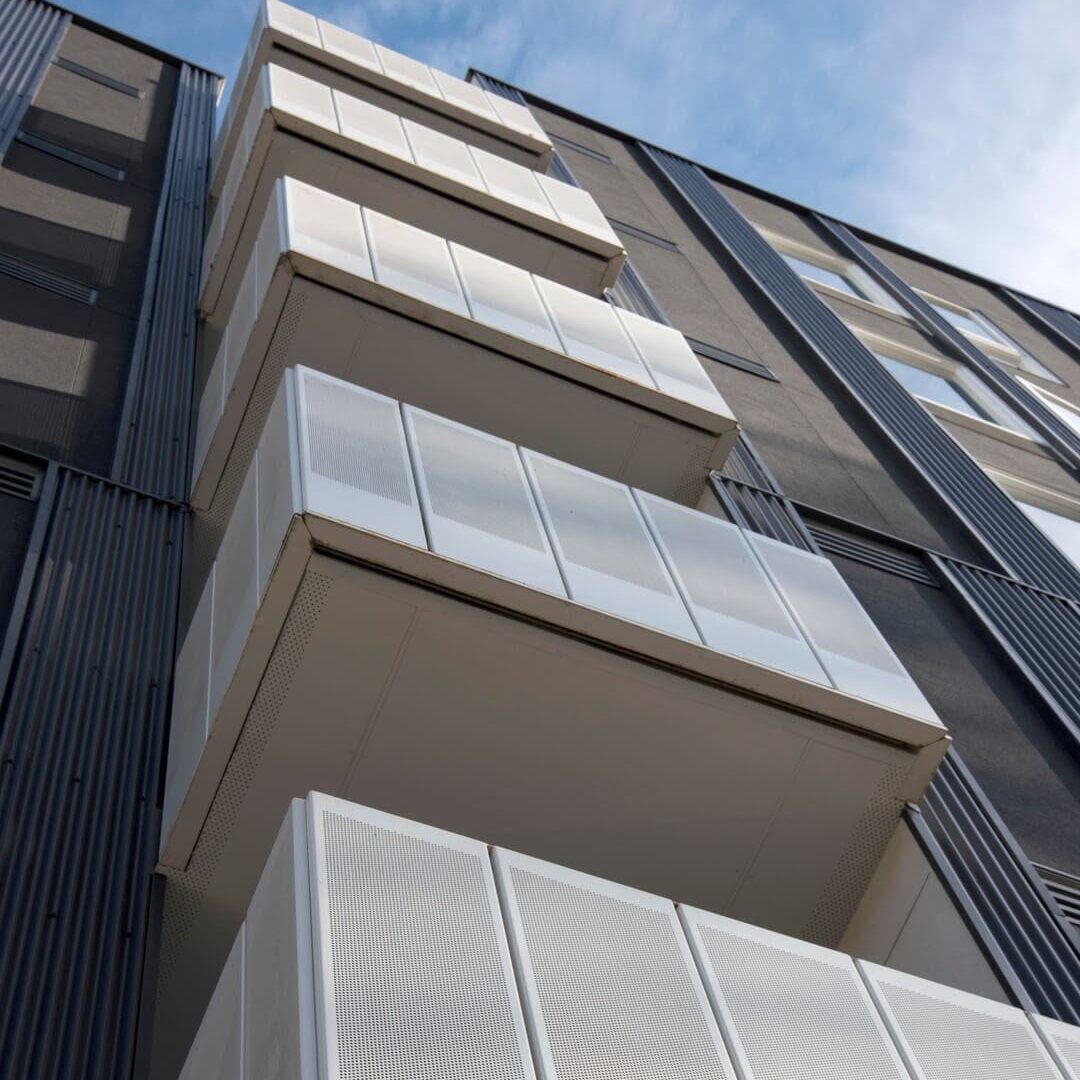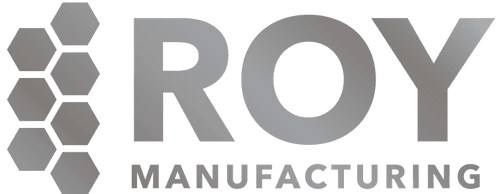Perforated materials are prevalent in architecture, OEM, Agricultural, and Fisheries as they offer aesthetic and functional benefits. Perforated materials are characterized by tiny holes or perforations arranged in a specific pattern on the material’s surface. These holes allow light, air, and sound to pass through, creating a unique visual effect and providing functional advantages for the building’s occupants. If you’re interested but unsure what the finished material will look like, use our perforated material preview tool to see it yourself.

Perforated Material Open Area Calculator
Welcome to Roy Manufacturing’s Open Area Calculator, a user-friendly tool for perforated sheet calculations. By simply entering the hole dimensions and selecting the desired pattern, our open area calculator will provide you with the percentage of open area for your perforated metal project. Whether you’re working with a perforated sheet or staggered center design, our calculator ensures accurate results, helping you achieve the perfect balance between aesthetics and functionality. Experience the ease of calculating perforated materials with Roy Manufacturing’s Open Area Calculator today!
Use our Perforated Material Open Area Calculator tool to get a preview of what a sheet of perforated material would look like using your specifications.
Why add perforated materials to your new construction?
One reason perforated materials might be added to the architectural elements of new construction is to control the amount of natural light entering the building. Perforated metal or other materials can be used to create patterns that filter sunlight, reducing glare and heat gain while still allowing ample light into the space. This can help to reduce the need for artificial lighting, thereby saving energy and reducing electricity bills.
Another advantage of perforated materials is their ability to improve ventilation and airflow within a building. When used in a facade or cladding system, perforated materials can help reduce the air pressure that builds up against a building’s walls, improving the circulation of fresh air into the space. This can improve indoor air quality and create a more comfortable environment for occupants.
Perforated materials can also create a unique aesthetic effect, adding visual interest to a building’s exterior or interior design. By incorporating patterns, textures, and shapes, perforated materials can create a dramatic, eye-catching effect that draws attention to the building and enhances its overall design.
Finally, perforated materials can also provide an element of privacy and security. By limiting the visibility into a building, perforated materials can help protect occupants’ privacy while providing a layer of protection against intruders.
